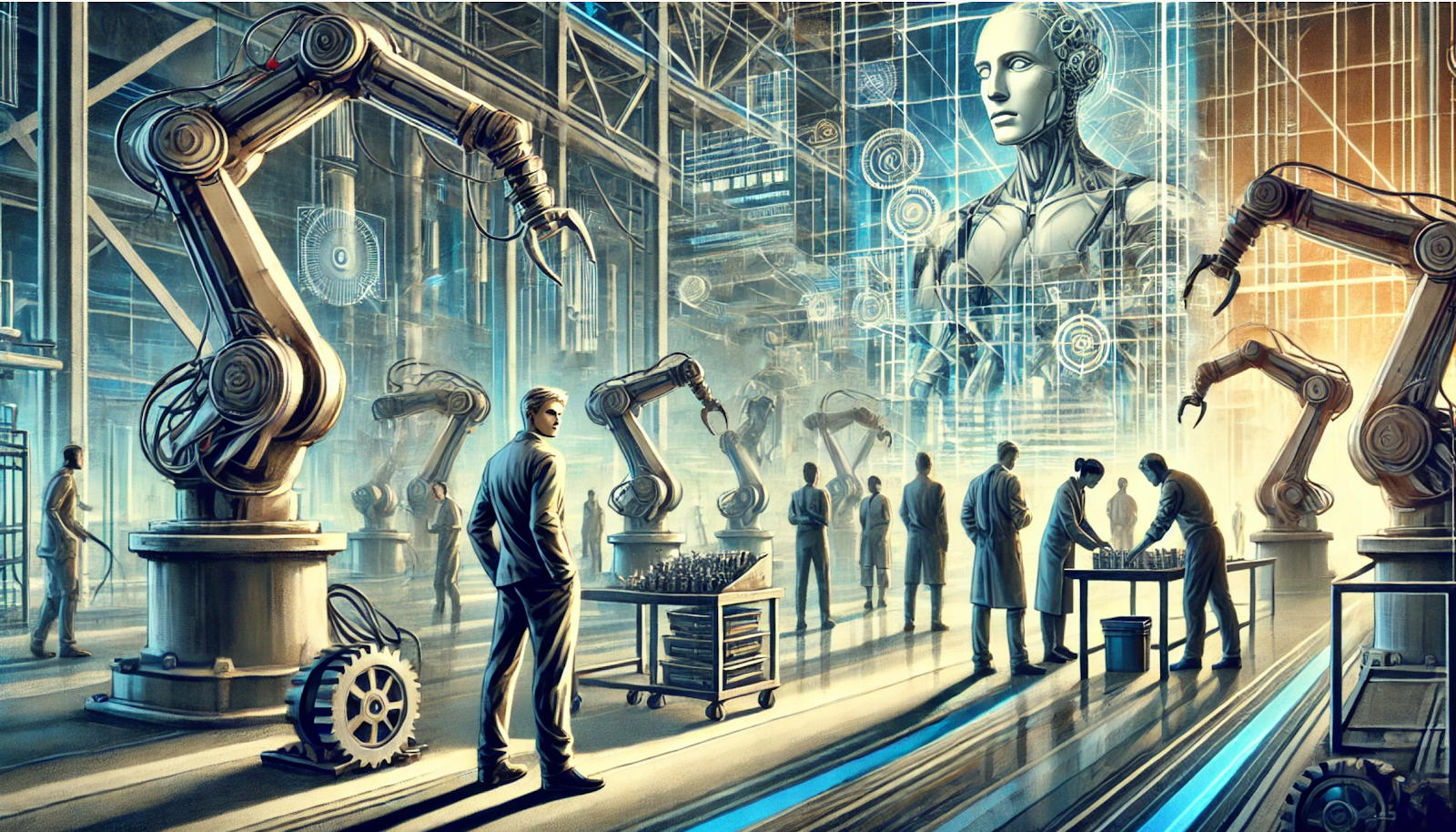The conversation on AI often revolves around efficiency and cost reduction, typically translating into fewer jobs. However, a pivotal shift in perspective—from cutting workforce to enhancing and expanding workforce capabilities—can redefine the role of AI in the corporate world. This approach not only preserves jobs but also adds significant value to customer experiences and broadens the spectrum of services and products a company can offer.
The traditional method of dealing with technological disruption—laying off workers and hiring new ones with the necessary skills—is not only a waste of human capital but also disregards the cultural knowledge embedded within an organization's existing workforce. Retraining keeps people within the organization, allowing them to shift roles while retaining and applying their invaluable understanding of the company's ethos and operations in new ways.
The first step in a proactive workforce transformation strategy is to map out the anticipated skills and roles that will be in demand. This is not just about foreseeing the obsolescence of certain skills but identifying emerging opportunities where AI can augment human capabilities. For instance, with the rise of AI-driven analytics, there is a growing need for professionals who can interpret and leverage these insights into strategic decisions, enhancing business intelligence far beyond current levels.
Once future needs are mapped, the next step is to develop a compelling incentive structure for retraining. Traditional models of employee development often rely on mandatory training sessions that might not align with personal or immediate business goals. Instead, companies should offer tailored learning pathways that align with career progression and personal growth, supported by incentives such as bonuses, career advancement opportunities, and recognition programs. This approach not only motivates employees to embrace retraining but also aligns their development with the strategic goals of the organization.
With AI's capacity to handle repetitive and mundane tasks, employees can redirect their efforts towards more complex, creative, and meaningful work. This shift enables businesses to expand their service offerings or enhance their product features, adding significant value to what customers receive. For example, financial advisors, freed from the tedium of data analysis by AI tools, can focus on crafting bespoke investment strategies that cater to the intricate preferences and needs of their clients. Similarly, customer service representatives can use insights generated by AI to provide personalized service experiences, thereby increasing customer satisfaction and loyalty.
AI not only optimizes existing processes but also opens new avenues for innovation. For instance, in the healthcare sector, AI can manage diagnostic data with high efficiency, which allows healthcare providers to extend their services into preventive health management and personalized medicine, areas that were previously limited by resource constraints. In the retail sector, AI-enhanced data analysis can lead to the creation of highly personalized shopping experiences, with recommendations and services tailored to the individual preferences of each customer, transforming standard shopping into curated personal shopping experiences.
For successful implementation, organizations must foster a culture that views AI as a tool for empowerment rather than a threat to employment. Leadership should communicate clearly about the ways AI will be used to enhance job roles and the benefits it will bring to both employees and the company. Regular feedback loops should be established to adjust training programs based on both employee input and evolving industry demands, ensuring that retraining remains relevant and aligned with market realities.
By focusing on retraining the workforce to harness AI effectively, businesses can transform potential disruptions into opportunities for growth and innovation. This approach not only preserves jobs but also enhances them, adding unprecedented value to the company and its customers, and paving the way for a future where human ingenuity and artificial intelligence work hand in hand to achieve more than was ever possible before.










